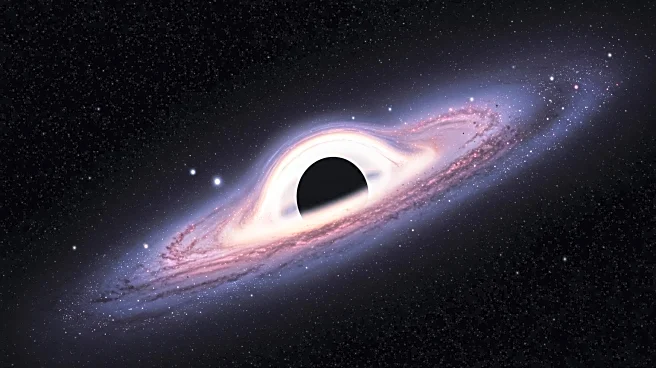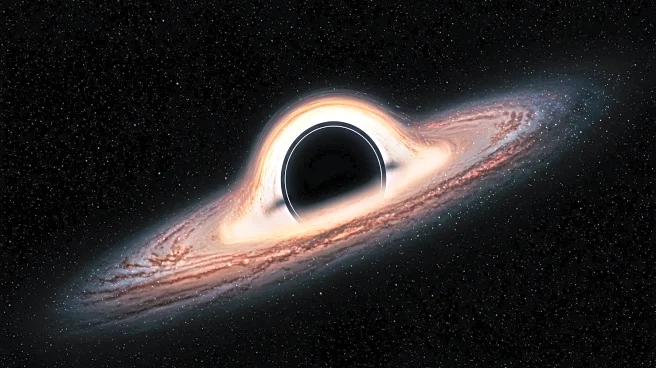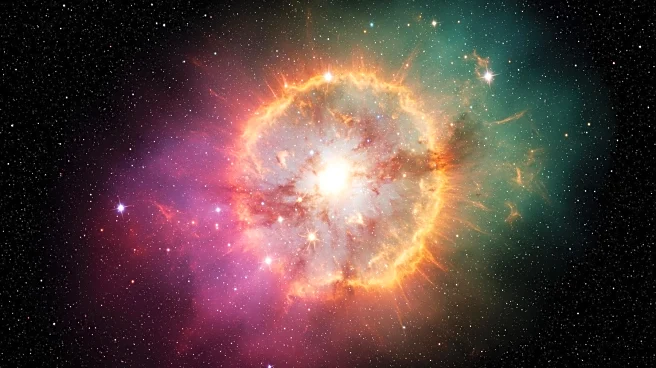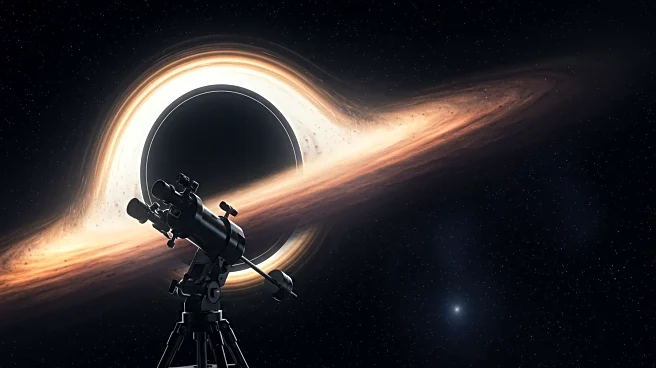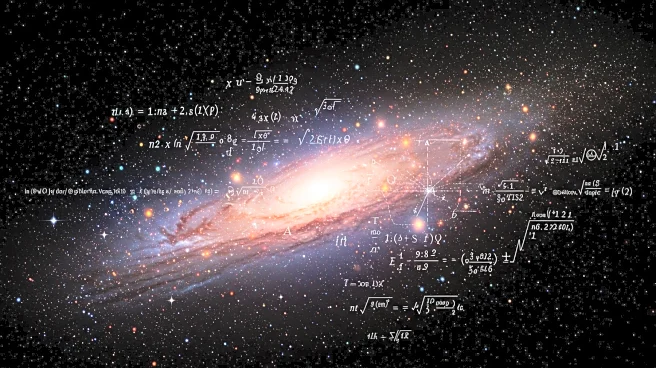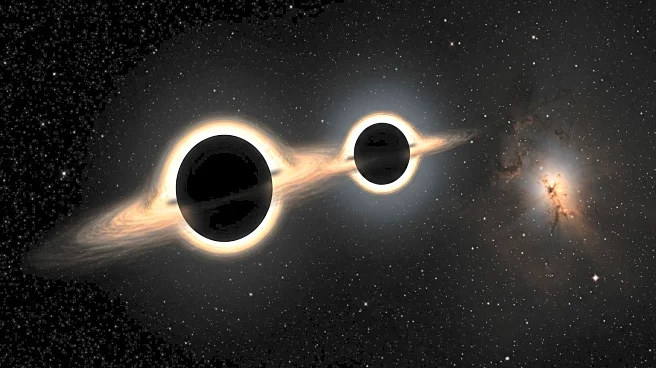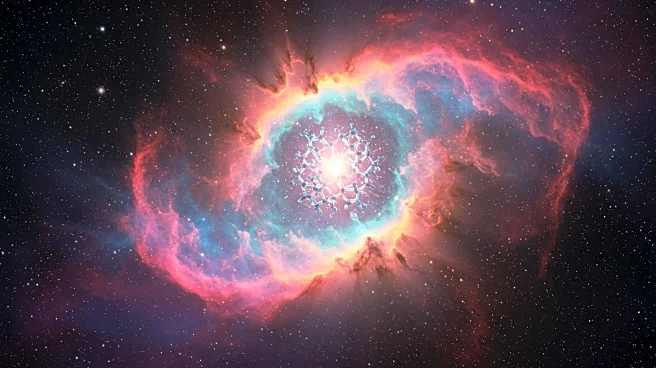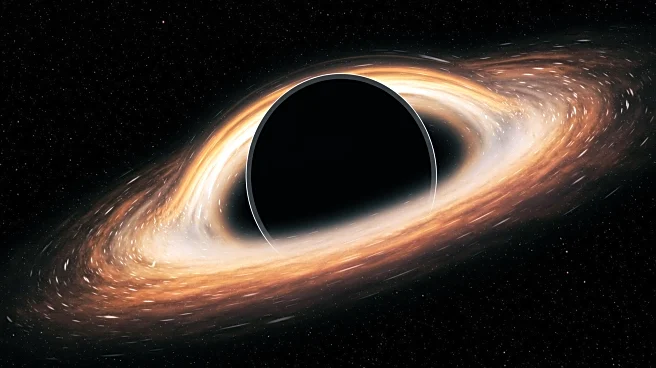Rapid Read • 7 min read
A recent study has uncovered a complete Einstein ring in the galaxy NGC 6505, marking a significant discovery in the field of astrophysics. This phenomenon occurs when the light from a distant galaxy is bent and magnified by a massive foreground galaxy, creating a near-perfect loop of light. The discovery was made using data from Euclid's early observations, along with spectroscopy from the Keck Cosmic Web Imager and the Dark Energy Spectroscopic Instrument. The Einstein ring, with a radius of about 2.5 arcseconds, provides valuable data on the mass distribution within the galaxy, including insights into the presence of dark matter.
AD
The discovery of the Einstein ring in NGC 6505 is crucial for understanding the distribution of dark matter and the mass structure within galaxies. Such findings help astronomers trace how matter, including dark matter, is arranged in and around galaxies. This can also provide insights into the universe's growth over time by connecting lens statistics to cosmic expansion. The study of these rings allows for a clearer view of distant galaxies, enhancing our understanding of the universe's structure and evolution.
Euclid's mission, which began routine science operations in February 2024, aims to map a significant portion of the sky and observe billions of galaxies. This will likely lead to the discovery of thousands of strong galaxy-galaxy lenses, providing a wealth of data for future studies. These findings will enable more precise constraints on cosmological parameters and systematic tests of dark energy's influence on the growth of cosmic structures.
The study of Einstein rings not only advances our understanding of dark matter but also offers a unique opportunity to test theories about the stellar initial mass function within galaxies. The precise modeling of these rings can reveal subtle details about the mass distribution and the relationship between light and mass in galaxy cores.
AD
More Stories You Might Enjoy
